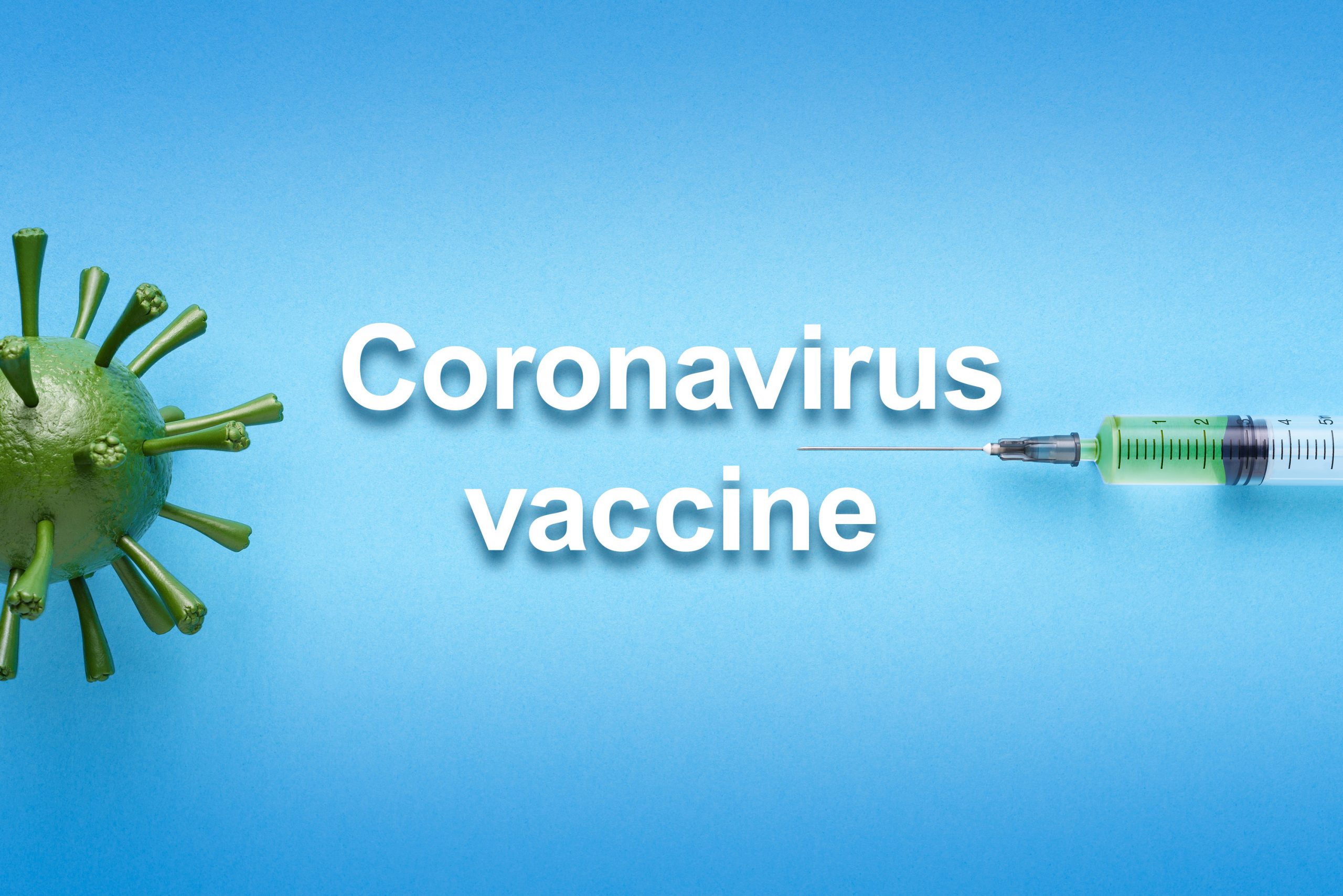The past few months have seen the whole world panic over the new strain of coronavirus (CoV) that has been killing scores of people in China. While this new SARS-CoV-2/ COVID-19, or formerly known as 2019-nCoV, initially was concentrated in Wuhan China, it has already spread out to other countries, and new infections are reported every day as death toll increase every hour (Cui, Li and Shi, 2019).
Coronavirus is a big family of illness-causing viruses that range from the simple common cold in human beings to severe conditions such as Severe Acute respiratory syndrome (SARS-CoV). Coronaviruses are transmitted from animals to man hence zoonotic. The strain already identified in people such as SARS-CoV and Middle East Respiratory Syndrome (MERS-CoV) was transferred from civet cat and camels respectively (Xu et al., 2019). The strain that was recently identified has never been identified before and scientists confirm that there are several other unknown strains of coronaviruses circulating in animals that have not infected human beings yet (Cui, Li and Shi, 2019).
Preliminary Cases
Reports by the World Health Organization in China reveal that COVID-19 started in Wuhan China. The region has an extensive seafood market that is notorious for illegally trading meat from wild animals including birds, rabbits, bats, snakes, marmots, dogs, and cats, among others. Scientists already know that coronaviruses are zoonotic, with infections originating from animals to people, it is believed that the very first infections and human contact with COVID-19 commenced with a group of stallholders from the Wuhan seafood market. These individuals contracted it from their direct contact with the animals. While initial scientific tests and analysis results showed that COVID-19 has signs of viruses similar to those seen in snakes, the results of the analysis are yet to be confirmed as the hunt for the animal source progresses (World Health Organization, 2020).
So far, conflicting reports have been released with some virologist departments claiming that the genetic make-up of the virus is 96% identical to a strain of coronavirus found in bats while others claim that it is 99% similar to pangolins. The situation is further confusing as other analysts confirm that COVID-19 might have been reported earlier that the initial cases of the infected stallholders from the Wuhan seafood market. Hence, there might not be a link between COVID-19 to the illegal seafood market (Tortorici and Veesler, 2019).
Despite the unconfirmed reports and scientific findings, the Wuhan seafood market was closed at the beginning of the year to allow for proper inspections and cleaning processes to take place as the crack-down for the animal source of the coronavirus continues. Further, the government authorities in the region converted Wuhan a quarantine zone with movement in and out of the area restricted to avoid the continued spread of the virus to other places (Xu et al., 2019). However, by January 21, 2020, WHO offices within China confirmed that the virus was already spreading rapidly outside China and it could be reaching other regions like United States, Thailand, Germany, Taiwan, Japan, France, Vietnam, United Kingdom, and the United Emirates of Arabs among others. The reports were released with new cases being reported in these regions and scientific confirmation being released to the public stating that the virus can also be transmitted from one human being to another. Consequently, even without contact with animals, COVID-19 can be transmitted to various people across the world affecting individuals who have never been to China but have been in contact with people suffering from the disease (Pruijssers and Denison, 2019).
Causes
Coronaviruses affect people and animals alike and in human beings, the strains result in respiratory complications. The first case of coronavirus, SARS, resulted in an epidemic in 2002 in South China spreading to about 26 countries. Over 8000 cases of infections were reported and nearly 780 deaths. COVID-19 seems to be more aggressive than SARS; this new virus has infected more than 40,000 people, ad killed more than 1000 others. The average death rate is 2.3%. As earlier mentioned, the cause of COVID-19 is yet to be known but Authorities in the Chinese have released a genetic sequence of the virus and shared it with other countries to help them develop their diagnostic kits (Schoeman and Fielding, 2019).
Symptoms
As a respiratory virus, coronavirus has mild symptoms that include runny noses, coughs, fever, and headaches. Depending on the strain of the virus, some cases of coronavirus could result in some severe respiratory conditions including bronchiolitis, and pneumonia. While everyone, regardless of their age, sex and health condition, is prone to infections from coronavirus, COVID-19 and other strains of coronavirus seem to reveal deadly symptoms in older people and individuals with existing health conditions such as diabetes, asthma among others. Reports from Chinese health care units, on February 5th, 2020, confirm that more than 65% of the individuals who have died of COVID-19 were men and more than 80% of the deaths reported to be of people aged 60 years and above. The reports also showed that it seemed apparent that in all the death cases, patients had a prior medical history of health disease, diabetes, and respiratory conditions (World Health Organization, 2020).
First Infections and Death
Although it is unclear on when or which is the first case of coronavirus, COVID-19 that continues to kill hundreds of people in China, it is believed that the first man to die to the illness is a 61-year-old, in Wuhan. The gentleman is believed to have been a regular visitor at the infamous illegal wet market that sold seafood. Reports on the initial infections of the COVID-19 virus claim that the first cases were of stallholders at the seafood market. However, as hinted earlier, the virus might have been reported earlier before the market cases were identified as there are virologists that believe the newly identified strain of coronavirus did not originate from the Wuhan market. As more analysis is carried out, comprehensive conclusions will be provided to confirm the animal source of the new disease and ways to prevent its spread in the future (World Health Organization, 2020).
In China, wet markets are widespread even though the trading activity that includes placing live and dead animals in close contacts being illegal. In these wet markets, meat is sold to people for consumption alongside live animals that include dogs, cats, hares, snakes, hedgehogs, bats, fish, pigs, and chicken, among others. Because of putting live and dead animals together, inconstant and close contact, the situation makes it easy for coronaviruses to jump from these animals to human beings causing deadly epidemics (World Health Organization, 2020).
Treatment
Although coronaviruses have infected human beings for more than two decades, there is yet to be a specific treatment for the disease. Virologists observe that most of the people with the disease recover on their own with medical professionals only providing them with medication that can relieve their symptoms and pain. Management of the virus hence involves lots of rest for the patients and symptom relief with virologists suggesting the provision of a humidifier or hot shower to help relieve coughs and sore throats. For patients who are mildly sick, medical professionals advise them to take lots of fluids and rest a lot. The same form of treatment has been exercised on all cases of coronaviruses and not just on the newly identified COVID-19 (Cui, Li and Shi, 2019).
Concerning a vaccine, preliminary stages have been confirmed in the United States National Institutes of Health. Researchers at the institution are currently developing a vaccine and they plan to launch preliminary clinical trials within the course of the next three to six months according to reports released on January 28, 2020, by the director of the National Institute of Allergy and Infectious disease. More studies have also been carried by researchers hoping to design therapy programs that can train immune cells in people infected with coronavirus to detect not only the virus but also destroy it. The success of this therapy program could be instrumental in ensuring that even if coronavirus jumps from animals to human beings, it will not result in the death of patients as the body’s immune system can help detect and destroy the virus sooner than later (Schoeman and Fielding, 2019).
Prevention
COVID-19 and most of the other coronaviruses are not only infected from animals to human beings, but also between people. Hence, the best way to prevent the spread of any respiratory virus is by: –
- Washing hands very regularly with soap and water, if possible, every 20-30 seconds
- Avoiding touching nose, mouth, eyes, ears, and generally the face with unwashed hands
- Avoiding close and direct contact with people who are sick, or have symptoms suspected to be of coronavirus
- Taking lots of rest and reducing mobility for individuals who are already infected
- Observing high level of cleanliness including disinfecting objects and surfaces often to eliminate chances of new infections
Reminder
Most cases of respiratory viruses, including coronaviruses, have mild symptoms and the diseases apparent on their own even for COVID-19 unless the patients develop complications of severe symptoms like pneumonia and bronchiolitis among others (Schoeman and Fielding, 2019; Tortorici and Veesler, 2019).







